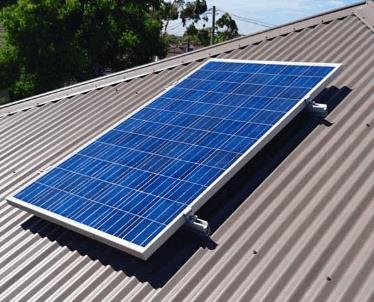How Do You Replace a Solar Light Panel?
Replacing a solar light panel might seem like a daunting task, but with the right guidance and tools, it's a manageable DIY project. Solar lights, whether for your garden, driveway, or patio, rely on small, efficient solar panels to capture sunlight and convert it into electricity. Over time, these panels can become damaged or less effective due to weather exposure or physical damage. Let’s walk through the steps to replace a solar light panel, ensuring your outdoor spaces remain brightly lit without interruption.

Identifying the Need for Replacement
The first step is recognizing when a panel needs replacing. Signs include diminished light output, no light output even after a full day of sunlight, or visible damage to the panel itself. Solar panels typically have a lifespan of 20 to 25 years, but smaller panels in outdoor lights may need replacement sooner due to their exposure to harsher conditions.
Gathering Necessary Tools and Materials
Before starting, ensure you have the following:
- Replacement solar panel (ensure compatibility with your solar light model)
- Screwdriver set
- Multimeter (for testing electrical connections)
- Safety gloves and goggles
- Sealant or waterproof adhesive
Step-by-Step Replacement Process
Turn Off the Solar Light
Ensure the light is off or disconnected from any power source. This step is crucial for safety.
Open the Solar Light Housing
Carefully unscrew or open the housing that contains the solar panel. This may vary by model, so refer to the manufacturer’s instructions if available.
Disconnect the Old Panel
Once open, you’ll see the panel connected to the light’s battery and possibly an LED driver. Use the screwdriver to disconnect these connections. A multimeter can help ensure there’s no residual energy.
Remove the Old Panel
After disconnecting, remove the panel from its housing. Some panels may be glued or sealed in place, requiring careful prying or cutting through the sealant.
Install the New Panel
Place the new solar panel into the housing. If the fit isn’t perfect, you may need to trim the edges or use an adapter. Reconnect the electrical wires or solder them if necessary.
Seal the Housing
Using a waterproof sealant or adhesive, secure the new panel in place. Ensure all gaps are sealed to prevent water damage.
Test the Light
Before closing up the housing, test the light to ensure the new panel works. Place it under direct sunlight for a few hours, then check if the light turns on.
Close the Housing
Once tested, reassemble the housing and secure it with screws. Apply additional sealant around the edges for extra weatherproofing if needed.
Maintaining Your Solar Light Post-Replacement
After successfully completing a solar light panel replacement, regular maintenance can extend the life of the new panel. Clean the panel periodically to remove dust and debris, and check the battery every few months, especially if you notice any decrease in light output.
Final Thoughts
Replacing a solar light panel is a straightforward process that can breathe new life into your outdoor lighting. With some basic tools and a careful approach, you can ensure your solar lights continue to provide efficient, eco-friendly illumination for your outdoor spaces. This not only saves you money in the long run but also contributes to a greener planet.
